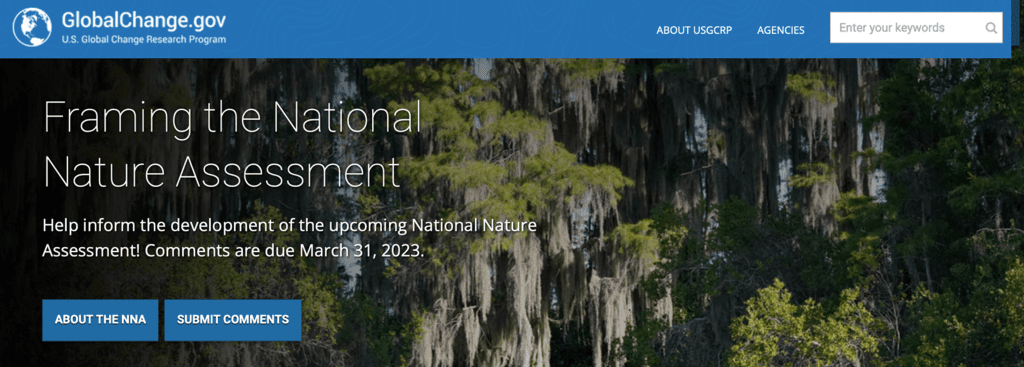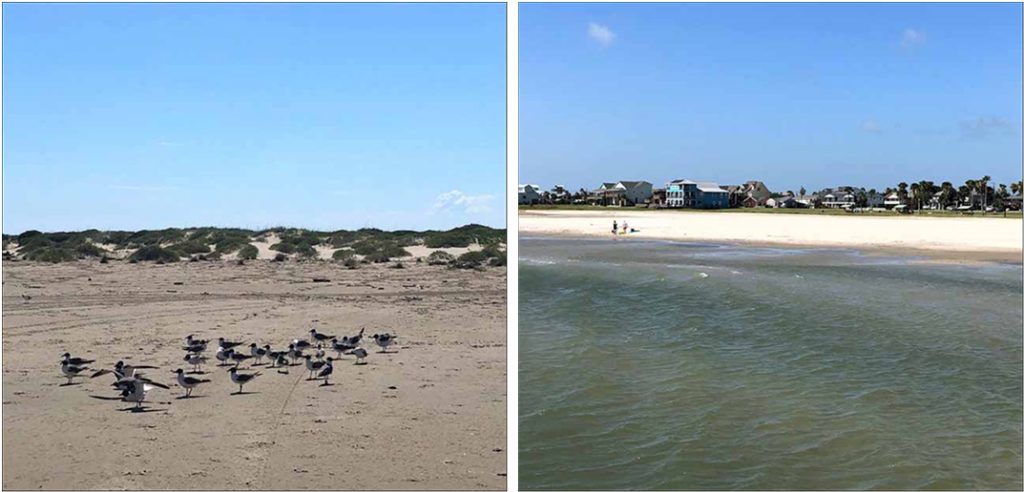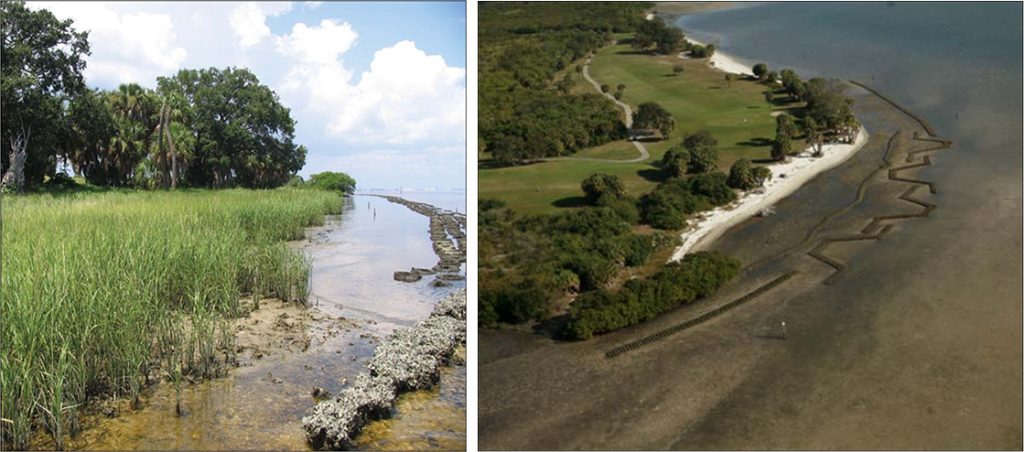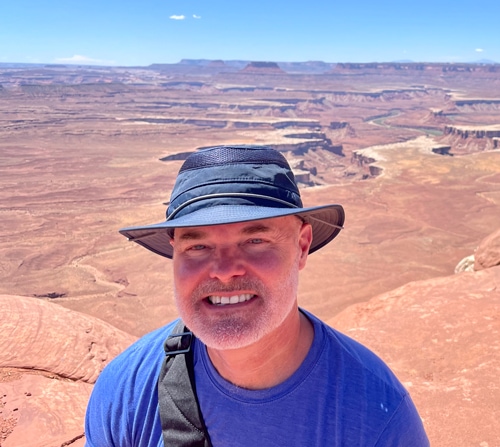We often hear of the plight of the polar bear or how monarch butterflies are dwindling. These changes are important but just a small part of what’s happening with nature in America. Imagine if we had a full picture of nature in our nation—and what nature provides to our lives. And imagine if that picture was at the center of governmental decision-making. Sound utopian? Well, perhaps not. The first ever National Nature Assessment (NNA) is currently underway to better understand how nature is faring in the United States and what it means to all our lives. That’s the focus of our discussion in Season 5, Episode 3, of the Engineering With Nature® Podcast.
Host Sarah Thorne and Todd Bridges, National Lead of the Engineering With Nature (EWN) Program, are pleased to welcome back Heather Tallis, the Assistant Director for Biodiversity and Conservation Sciences in the White House Office of Science and Technology Policy. Heather joined us in Season 5, Episode 2, released December 14, 2022, when we talked about her role in the development of Opportunities to Accelerate Nature Based Solutions, a report to the National Climate Task Force, which was released by the White House November 8, 2022. Heather is also the Acting Director for the National Nature Assessment with the US Global Change Research Program (USGCRP), the subject of this episode.
President Biden’s Executive Order 14072, Strengthening the Nation’s Forests, Communities and Local Economies, issued on Earth Day, April 22, 2022, establishes a number of objectives related to nature-based solutions and EWN. One of the many elements of that Executive Order is a commitment to conduct a National Nature Assessment.

Heather’s role as the Acting Director of the NNA is to work with the representatives of the 13 agencies that comprise the USGCRP to produce an assessment that gives a full picture of the state of nature in the United States and how nature matters to people’s lives. The assessment of the lands, waters, and wildlife across the nation will explore questions such as: What does nature mean to our economy? How is nature interacting with our physical and mental health? And, what do changes in nature mean for our national security and for environmental justice? As Heather describes it, “We have a really important job to make sure that we are listening to what the public wants to know about nature in the nation, then make sure we create an assessment that answers those questions.”

Todd and his colleague Kyle McKay are representing the Department of Defense on the Federal Steering Committee. As Todd notes, “The Department of Defense has about 5,000 installations or so across the country and around the world that occupy 25 million acres of land and water—that’s a lot of nature. DoD has many programs and makes many investments in natural resource conservation and is now focused on how nature-based solutions can be deployed to enable comprehensive resilience at their facilities and in the surrounding communities. Kyle and I look forward to contributing to this effort.”

Much is already known about the role of nature-based solutions in addressing impacts of climate change and creating more resilient infrastructure. As Heather explains, “Part of what we hope to share with the nation through this assessment is information that we already know and bring it to bear on the way people think about their own lives and their own choices.” As an example, Heather describes the value of structural habitats such as dunes, marshes, and coral reefs that provide habitat and slow storm waves. These environments help protect people from the impacts of climate change, and they can also lead to health benefits. “People go outdoors for exercise, physical health, a chance to move their bodies. Evidence increasingly shows that whether we’re thinking about it or not, spending time in nature is affecting our physiology in beneficial ways.”
Developing the NNA is a big task that will take place over several years and starts with listening. Heather stresses the importance of the process being open, inclusive, and actionable. An open public comment period is currently underway to gather input from individuals and organizations about what nature means to them. As Heather says, “We truly want to hear from everyone as much as possible. We know there are many different ways to experience nature. Everyone comes from a different way of thinking about nature, different perspectives, and we’d like to hear them all.”
Heather and the USGCRP’s leadership team wants to ensure that the NNA is a “use-inspired’ assessment: “That means that the use of the assessment—what people want to gain from it—really must drive what we do from the beginning. We certainly don’t want any more reports that just sit on a shelf.” To that end, the NNA team is striving to understand what people want to know about nature in the US, how it’s changing or affecting people’s lives, what decisions people think the assessment should help support, how the NNA should engage and communicate with people, and what products they want to see from the assessment.
Todd adds: “The process Heather describes makes this assessment very impactful. Scientists spend a lot of time talking to each other. We go to conferences with other people just like us, and we talk to each other, and we can make a lot of progress that way. But the NNA hasn’t been designed like that, I think for very positive reasons, because nature touches literally everybody in some fashion or another. It seems only right and wholesome that everybody has an opportunity to provide input. There’s so much to be learned from viewing problems and opportunities from different perspectives—through different lenses. It’s an exciting approach.”
Heather encourages people to sign up for USGCRP’s newsletter for updates and to provide input to the NNA. The current public comment period is open through March of 2023. Links are provided below.







